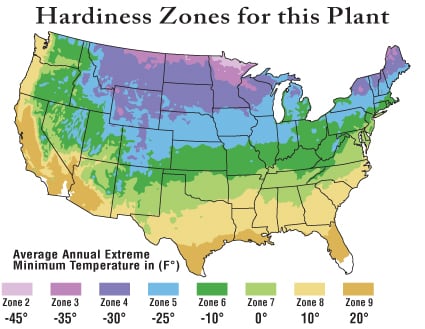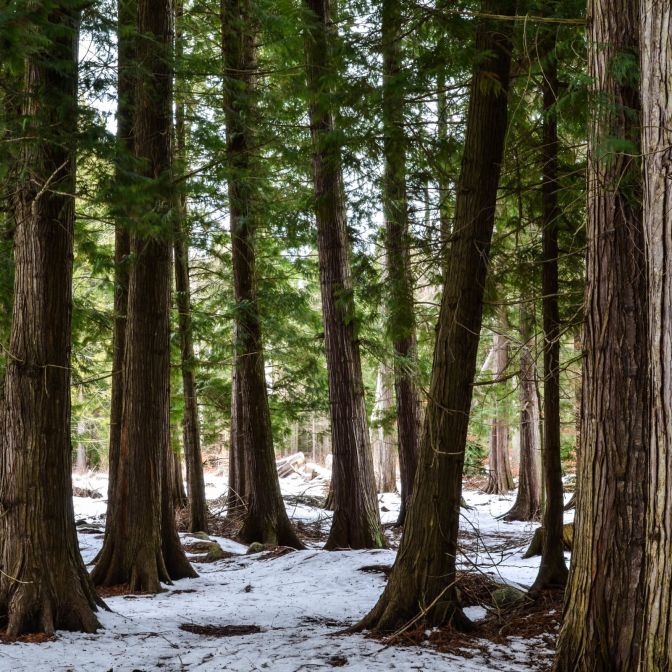Northern White Cedar
Plant Type: Evergreen, bare-root
Zones: 2-9
Soil Type: Clay, Loamy & Sandy Soils
Site Selection: Full Sun, Partial Sun
Mature Height & Width: 30-40' Height and 10-12' Spread
Growth Rate: Slow - 8-12" per year once established
Moisture Requirements: Average to wet soils
Northern White Cedar Plugs Also Available - CLICK HERE




Northern White Cedar
Thuja occidentalis - American Arborvitae
The Northern White Cedar is often called the American Arborvitae. This cedar has flattened branches with green, scaly, fan-like foliage. This selection displays good cold hardiness and heat tolerance and is very popular for landscape, hedge rows, and wildlife plantings. The Northern White Cedar is adaptable to most soil types and is somewhat shade tolerant. This cedar will grow in average moisture conditions, but will also do well in those wetter or swampy areas of your property.
The Northern White Cedar is sometimes also known as the American Arborvitae, Eastern Arborvitae, Eastern White Cedar, Swamp Cedar, or the Atlantic Red Cedar.
The Northern White Cedar is a beautiful evergreen. Drying winter winds on an exposed site could damage the Northern White Cedar, causing it to turn brown. In areas with routine hot and dry spells, some shade is important for this tree to thrive. While this tree will tolerate various soil types, it will thrive on fertile soil that is constantly moist but well drained.
Fun fact: The oldest Northern White Cedar is 1,650 years old and located in Ontario, Canada.
Common uses for the Northern White Cedar:
- Privacy screen or living fence
- Year round color
- Windbreaks
- Shelter for many types of birds
The Northern White Cedar is a good choice for wildlife plantings. Birds love its dense habit for cover and protection. White-tailed deer and Snowshoe Hare use stands of cedar for shelter, and browsing especially during severe winters. Many types of wildlife enjoy this selection including Red Squirrel, Porcupine, Warblers and the Pileated Woodpecker.







